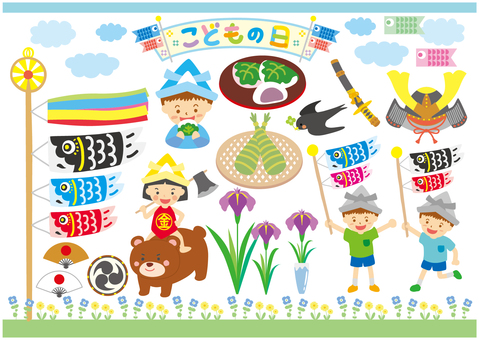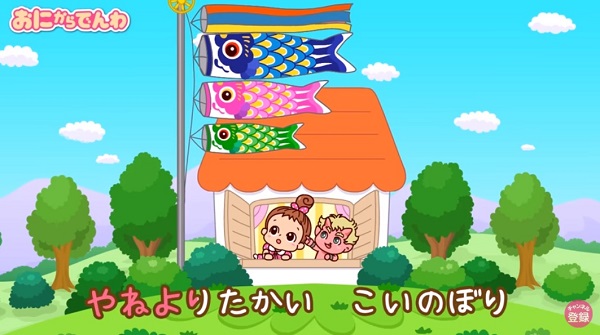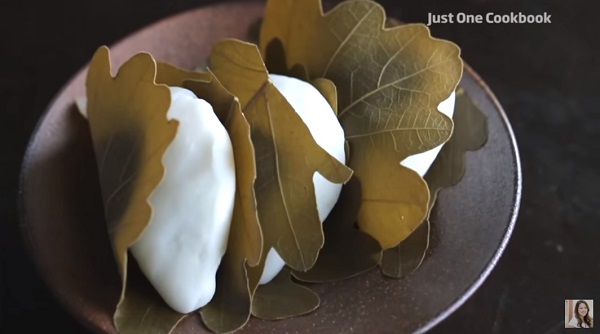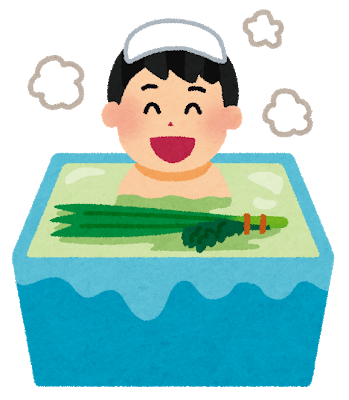Asian Language School
28 April 2018
Children’s Day in Japan: Kodomo no Hi
Here’s some Japanese culture for kids. Kodomo no Hi or Children’s Day in Japan, is a Japanese national holiday celebrated on 5 May. It is one of the four national holidays that form the Golden Week holiday. Traditionally, Kodomo no Hi was a celebration for boys, but since 70 years ago, the Children’s Day has been celebrating both boys and girls. Girls have their own festival, called Hinamatsuri or Doll’s Day, which is celebrated every year on 3 March.
 Credit: silhouette ac
Credit: silhouette ac
One famous sight during Kodomo no Hi is the display of koi no bori or carp streamers. Families would decorate the roof their houses with koi no bori. The first streamer is a flying-dragon streamer, followed by a big black koi streamer that represents the father, then a smaller red or pink koi streamer that represents the mother, and the following carp streamers, each of a different colour, represent each child in the household based on age. Koi no bori is a symbol of strength as the koi fish can swim upstream, depicting parents’ wish for their children to be brave and strong.
This is a folk song about koi no bori that is often sung during the Children’s Day.
やねよりたかい こいのぼり
yane yori takai koinobori
(carp streamers, higher than the roof)
おおきいまごいは おとうさん
ookii magoi wa otousan
(the big carp is the father)
ちいさいひごいは こどもたち
chiisai higoi wa kodomotachi
(the small carps are the children)
おもしろそうに およいでる
omoshirosouni oyoideru
(they seem to be swimming happily)
The original lyrics reflect the origin of the tradition in which the black carp represents the father and the other carps represent the sons. Modern lyrics add the mother in.
やねよりたかい こいのぼり
yane yori takai koinobori
(carp streamers, higher than the roof)
おおきいまごいは おかあさん
ookii magoi wa okaasan
(the big carp is the mother)
ちいさいひごいは こどもたち
chiisai higoi wa kodomotachi
(the small carps are the children)
おもしろそうに およいでる
omoshirosouni oyoideru
(they seem to be swimming happily)
Another popular decoration in the household is the display of kabuto or samurai helmets and or samurai dolls, based on folklores Kintaro or Momotaro. Again, the symbol is used to depict courage and strength.
On this day, children will eat kashiwa mochi. Kashiwa mochi is a rice cake filled with red bean paste and wrapped in an oak leave. The use of kashiwa or oak leaf is symbolic. Kashiwa do not fall in winter and will be replaced by new leaves, representing a transition from one generation to the next. Mochi, a symbol of good luck, is usually eaten during traditional Japanese celebrations. Other than Kodomo no Hi, mochi is also eaten during the New Year, the cherry blossom season, and Hinamatsuri. Click here to learn how to make kashiwa mochi. Chimaki is another delicacy eaten during Kodomo no Hi – steamed sweet glutinous rice dessert wrapped in bamboo leaves.
Hana shoubu or Japanese iris bloom on the fifth month. In the Japanese culture, the plant symbolises the warrior spirit. Families place iris flowers at home to ward off evil and take shoubuyu, a hot bath with floating iris leaves.
Happy Children’s Day!





